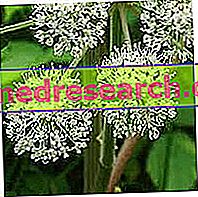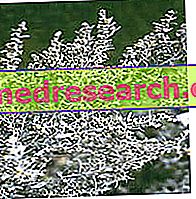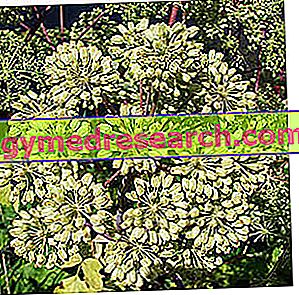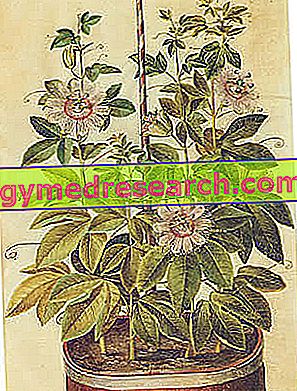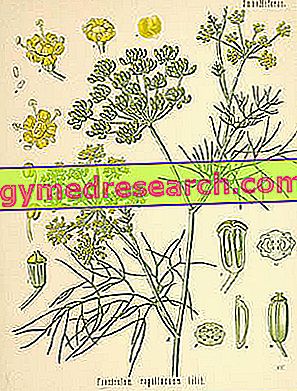By Dr. Rita Fabbri Botanical name : Angelica archangelica L. ( sin. Angelica officinalis Hoffm . ) Family : Umbrellifere (or Apiaceae) Parts used : Roots Botanical description Angelica is a biennial or perennial herbaceous plant. The erect, robust, hollow and reddish stems can reach two meters in height
Category phytotherapy
By Dr. Rita Fabbri Botanical name : Angelica archangelica L. ( sin. Angelica officinalis Hoffm . ) Family : Umbrellifere (or Apiaceae) Parts used : Roots Botanical description Angelica is a biennial or perennial herbaceous plant. The erect, robust, hollow and reddish stems can reach two meters in height
By Dr. Rita Fabbri ... The name of the plant "Absinthium" derives from the Greek, literally we can translate it as " plant without pleasure " meaning unpleasant plant; this is because absinthe is a bitter plant in all its parts. The name of the genus "Artemisia" seems to derive from Artemis, the protective goddess of medicinal plants that benefit women
By Dr. Rita Fabbri The etymological meaning of Angelica is intuitive: it derives from the Greek, literally the announcer angel, hence the plant from the sky, hence the vulgar name Erba degli Angeli or Root of the Holy Spirit; archangelica because it was believed that the Archangel Raphael, the healing angel protector of doctors and pharmacists, had given men this plant, revealing its beneficial properties
By Dr. Rita Fabbri Fucus vesiculosus is commonly called brown alga but may have other names, such as Ascophyllum nodoso, Quercus Marina, bladder ruin, bladder fire, sea ruin, Bladderwrack, Black tang or more generally Kelp. Fucus vesiculosus was first described by Pliny, who called it "marine oak" in allusion to its certain similarity to oak leaves
By Dr. Gianni Buonocore Grapefruit is a citrus fruit with a thousand beneficial properties. It is rich in vitamin C, mineral salts, citric acid and pectins. It is excellent in summer for slimming diets because it is refreshing and provides only few calories (26Kcal / 100g). It has digestive, diuretic and purifying properties
Information disseminated by: EMEA (European Medicines Agency) COMMITTEE FOR PLANT-BASED MEDICINAL PRODUCTS (HMPC) PASSIFLORA INCARNATA L., HERBA PASSIFLORA Summary of the HMPC assessment report for the public What are Passiflora-based medicines made of? IMPORTANT NOTE: The illustration provided is to give more information on the source of the substance / plant preparation
Information disseminated by: EMEA (European Medicines Agency) COMMITTEE FOR PLANT-BASED MEDICINAL PRODUCTS (HMPC) FOENICULUM VULGARE MILLER SUBSP. VULGARE VAR. DULCE (MILLER) THELLUNG, FRUCTUS FRUIT OF FENNEL, SWEET Summary of the HMPC assessment report for the public What are sweet fennel fruit medicines made up of
Information disseminated by: EMEA (European Medicines Agency) COMMITTEE FOR PLANT-BASED MEDICINAL PRODUCTS (HMPC) VALERIANA OFFICINALIS L., RADIX OF VALERIANA RADIX Summary of the evaluation report of the HMPC for the Summary of the HMPC assessment report for the public What are valerian root medicines composed of

